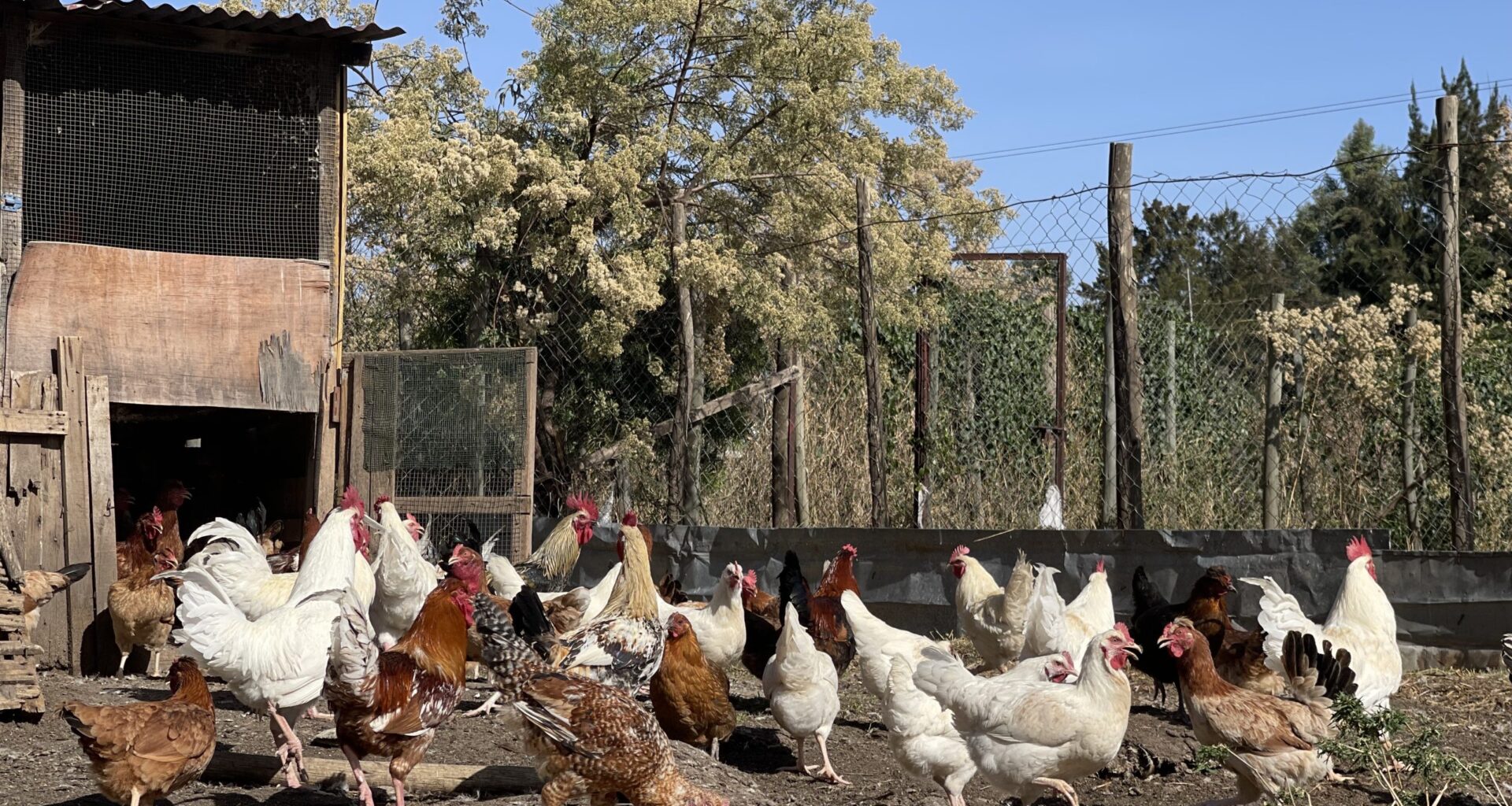High genetic variation in African indigenous chicken populations provides opportunities for long-term genetic improvement.
A new study published in Animal (Sept 2025) estimated genetic parameters for economic traits based on data derived from a nucleus flock comprising two generations, derived from 40 sires and 200 dams in a line breeding program through mass selection.
International Livestock Research Institute (ILRI) scientists Wondmeneh Esatu, Mekonnen Girma, Olivier Hanotte, and Tadelle Dessie are among the co-authors of the study.
The study analyzed the following parameters:
Body weight at different weeks was analyzed for 1370 chickens
Egg performance was evaluated on 473 hens kept for 44 weeks
Genetic parameters were estimated using a multi-trait animal model based on an average information-restricted maximum likelihood algorithm in WOMBAT software
Body weight showed significant heritability, indicating a good genetic improvement potential.
Conversely, egg production traits had low to moderate heritability.
Positive genetic correlations among growth traits suggest shared genetic influences and the possibility of improving multiple traits simultaneously.
The limited dataset, based on two generations and pedigree, demonstrates that body weight at the age of 16 weeks with egg production has moderate heritability and strong genetic correlations that can lead to genetic progress toward the development of a dual-purpose breed.
However, the study findings offer a scientific basis for breeders to develop selection indices to develop a dual-purpose breed for smallholder production systems.
Citation
Kassa, B., Taye, M., Esatu, W., Kebede, A., Girma, M., Kebede, F.G., Banos, G., Watson, K., Hanotte, O. and Dessie, T. 2025. Genetic and phenotypic parameter estimates of body weight and egg production traits of Tilili chicken in Ethiopia. Animals 15(18): 2656.
Curated by Tezira Lore, Communication Officer, ILRI

